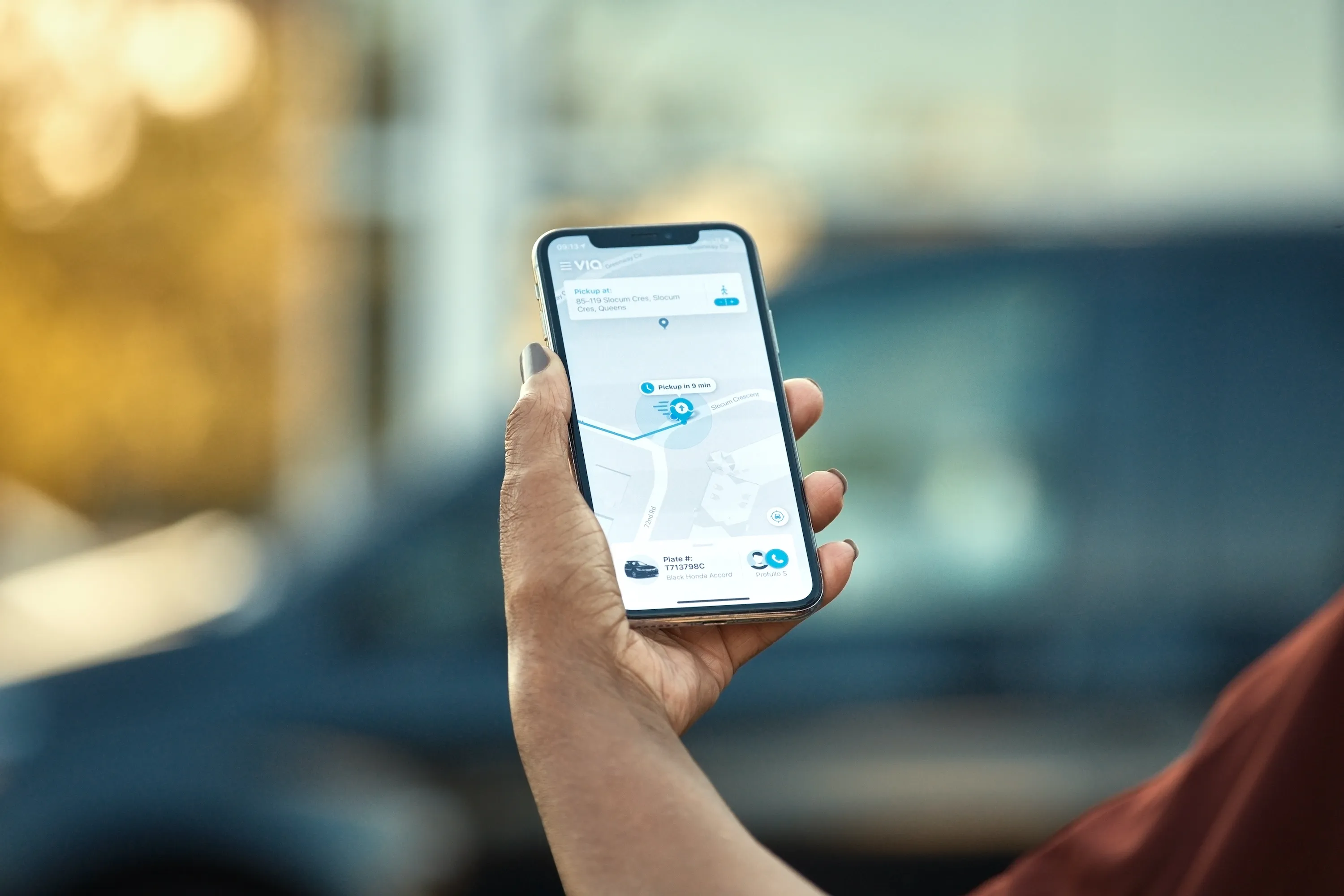The Roads and Transport Authority (RTA) in Dubai has purchased 373 Volvo SB3 buses which come with Euro 6 (B8RLE) emissions engines.
Mattar Al Tayer, director general at RTA, says: "The purchase of the new buses comes as part of an integrated strategic plan developed by the authority to upgrade the mass transportation system in Dubai.”
RTA says each bus will be able to carry up to 74 passengers and will feature interactive touch screens which display information on the journey. The driver behaviour monito
June 26, 2019
Read time: 1 min
The Roads and Transport Authority (RTA) in Dubai has purchased 373
Mattar Al Tayer, director general at RTA, says: "The purchase of the new buses comes as part of an integrated strategic plan developed by the authority to upgrade the mass transportation system in Dubai.”
RTA says each bus will be able to carry up to 74 passengers and will feature interactive touch screens which display information on the journey. The driver behaviour monitoring system will record the actual number of passengers to help reduce tariff evasion.
Additionally, the buses will offer Wi-Fi availability, a USB port to charge mobile phones and special seats for children.










